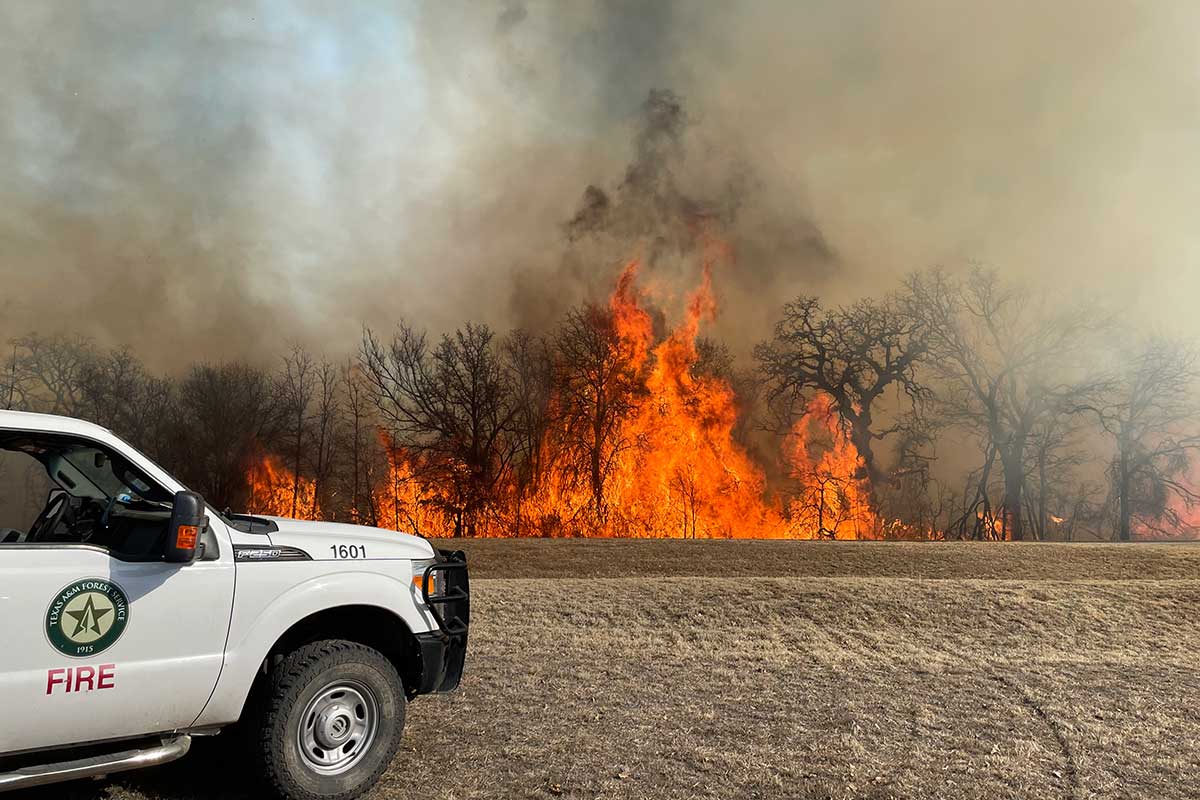Texas has two distinct fire seasons, dormant (winter/spring) and growing (summer). However, the potential for wildfire occurrence exists year-round. The dormant fire season is generally characterized by freeze-cured grasses and increased wind speeds surrounding dry cold front passages with peak fire activity occurring mid-February through mid-April.
Southern Plains Wildfire Outbreaks, specifically in the Great Plains of Texas, are common during the dormant season with wildfires exhibiting rates of spread in grass fuels reaching 3 to 5 miles per hour with flame lengths of 10 to 12 feet. This equates to flames the height of a one-story building burning the length of a football field in one minute. Fire suppression aircraft are sometimes unable to fly during the dormant season due to high winds.
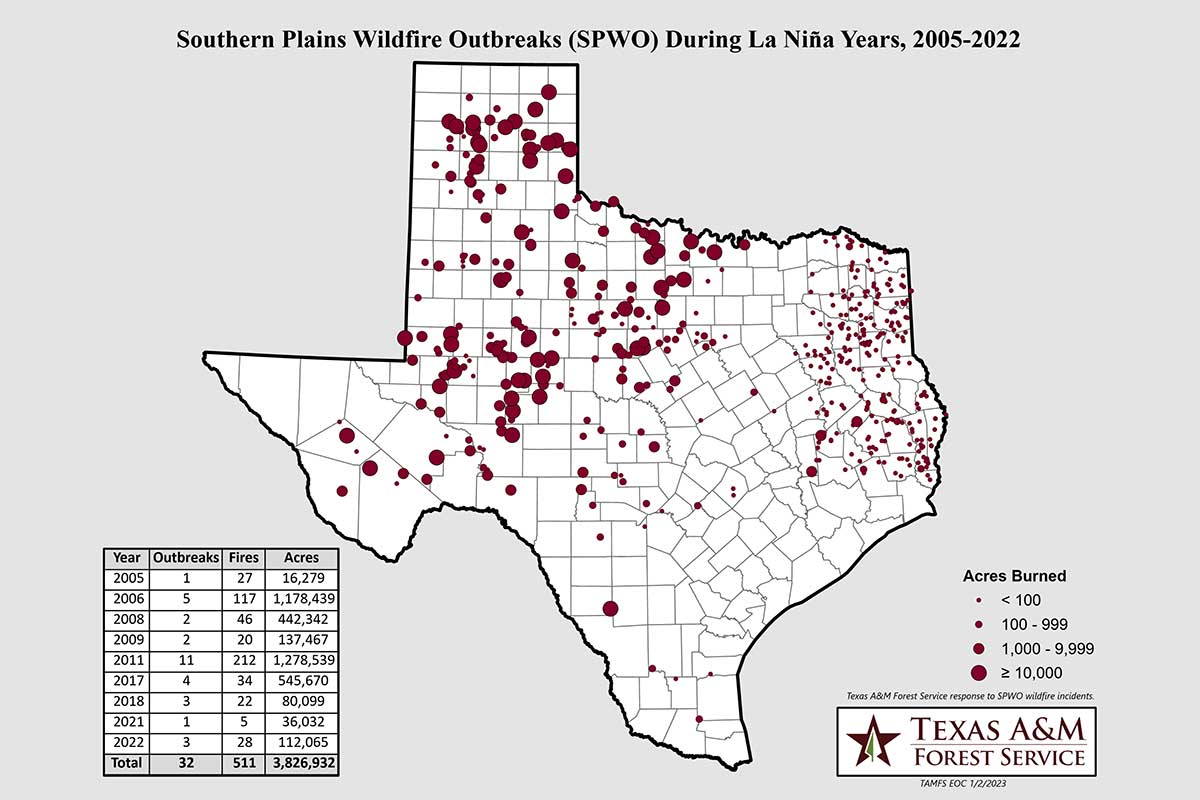
A map of Southern Plains Wildfire Outbreaks shows that the wildfire risk is widespread.
Texas A&M Forest Service
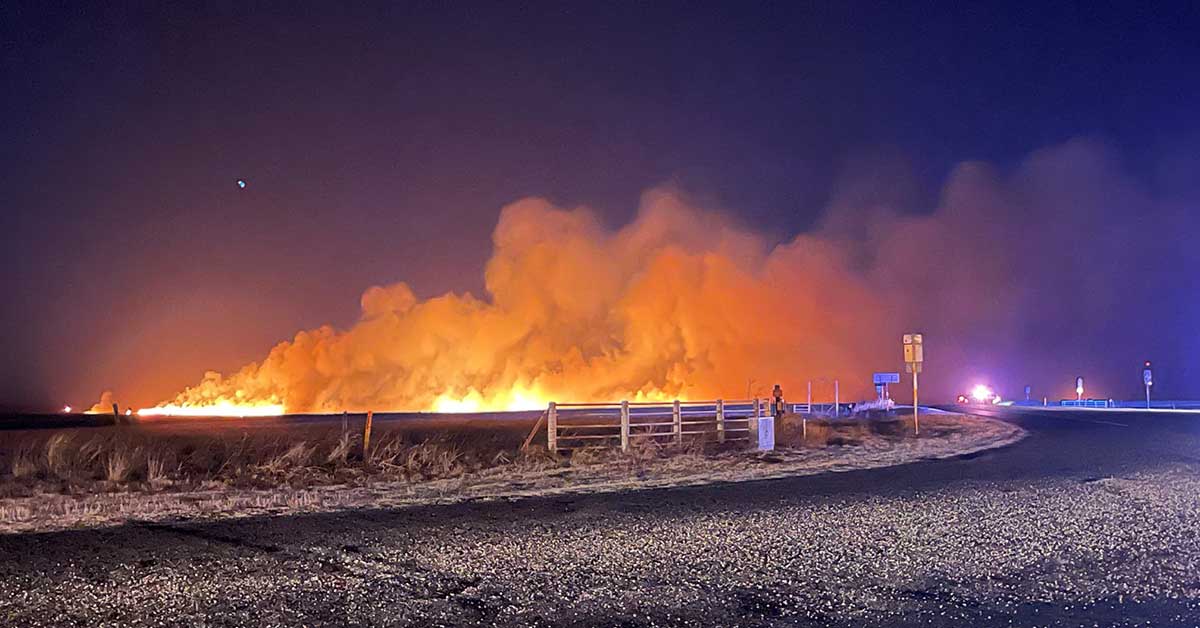
North 207 Fire, Carson County, December 2021.
Texas A&M Forest Service
Wildfires that ignite under these conditions often exhibit extreme fire behavior and rapid growth. These fires are difficult to control and evacuations as well as home loss have been common.
Residents can take proactive measures to ensure their safety and help protect their homes and property. Creating defensible space around homes, using fire-resistant building materials, and clearing flammable debris can be a starting point. Additionally, planning for evacuations is crucial, as fast-moving fires often leave little time to act. Families should identify multiple evacuation routes, assemble emergency kits, and stay informed through local alerts.
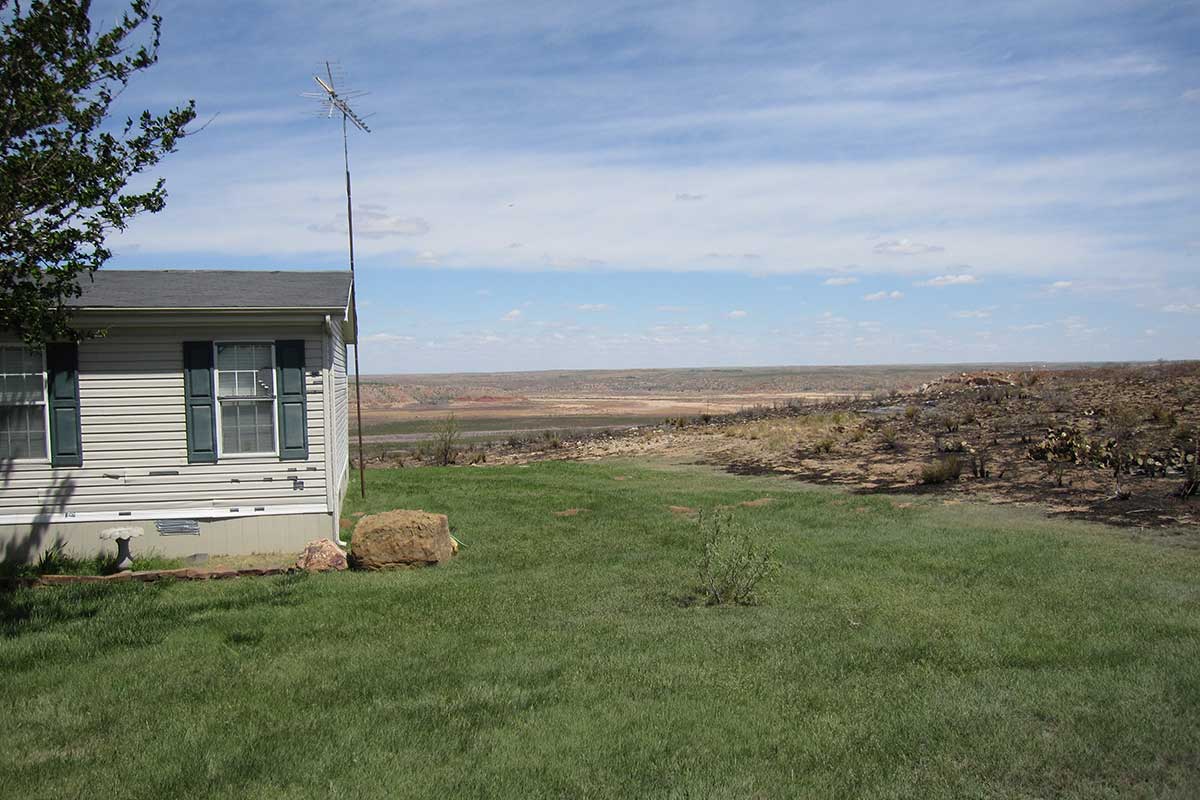
This home survived a wildfire due to defensible space.
Texas A&M Forest Service
Creating Defensible Space
Defensible space is a zone between a structure and surrounding vegetation designed to reduce the risk of wildfires. Properly managed defensible space protects structures and provides a safer area for firefighters to work during wildfire suppression. Homeowners can follow these recommendations and learn more:
Zone 0, 0–5 feet from the home: Remove dead vegetation from gutters, eaves, and porches. Avoid placing flammable items like firewood and propane tanks close to the home.
Zone 1, 5–30 feet from the home: Space shrubs and trees to prevent fire spreading between them. Regularly mow grass to keep it short and remove dead vegetation.
Zone 2, 30–100 feet from the home: Thin trees and reduce dense brush. Maintain access roads and driveways ensuring emergency vehicles can access your property.

Emergency Preparedness
An emergency plan can save lives in the event of a wildfire. Here’s how to prepare:
Emergency Kit: Gather essentials, starting with the 5 P’s (papers, prescriptions, pet & personal items, priceless items).
Evacuation Plan: Identify multiple exits from your property and evacuation routes in case one becomes compromised.
Communication: Stay informed about local conditions. Sign up for emergency notifications from your local officials.
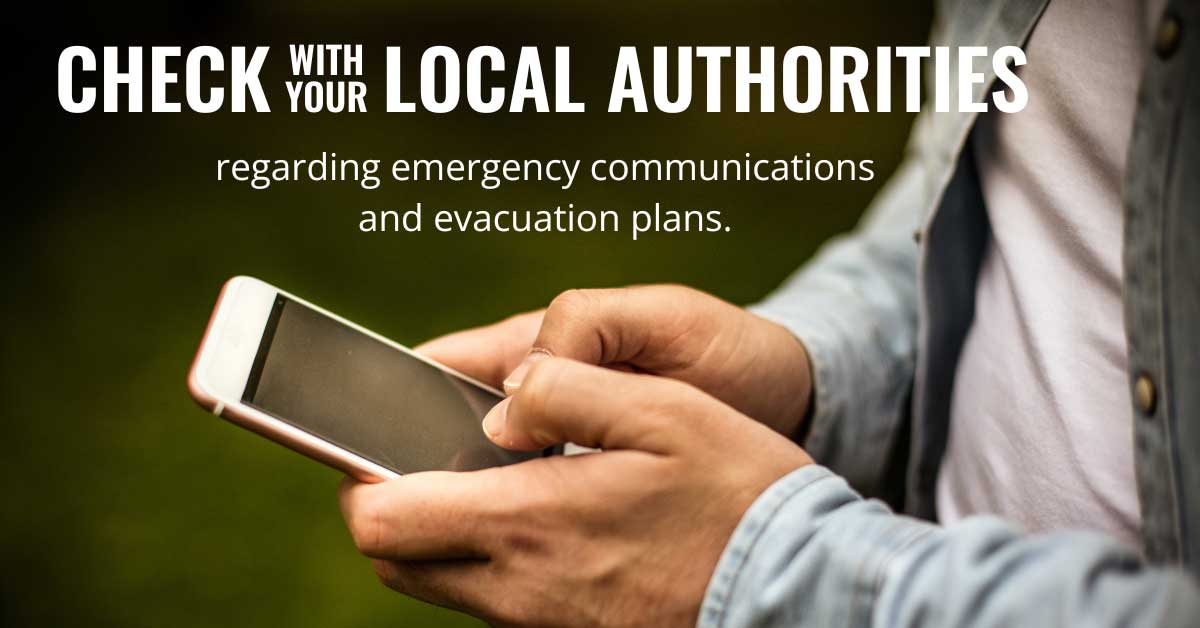
Collaborating With Your Community
When preparing for a wildfire, stay informed by maintaining communication with local officials through websites, social media, and emergency alert systems. Contact them directly for evacuation routes, safety updates, and resources to ensure your family’s safety.
Wildfires are a reality in Texas, but rural residents can significantly reduce their risk by taking proactive steps to prepare their homes and surroundings. Creating defensible space, enhancing your home’s fire resistance, and staying ready for emergencies are essential to protecting your property and loved ones, and can reduce panic during a wildfire emergency.
